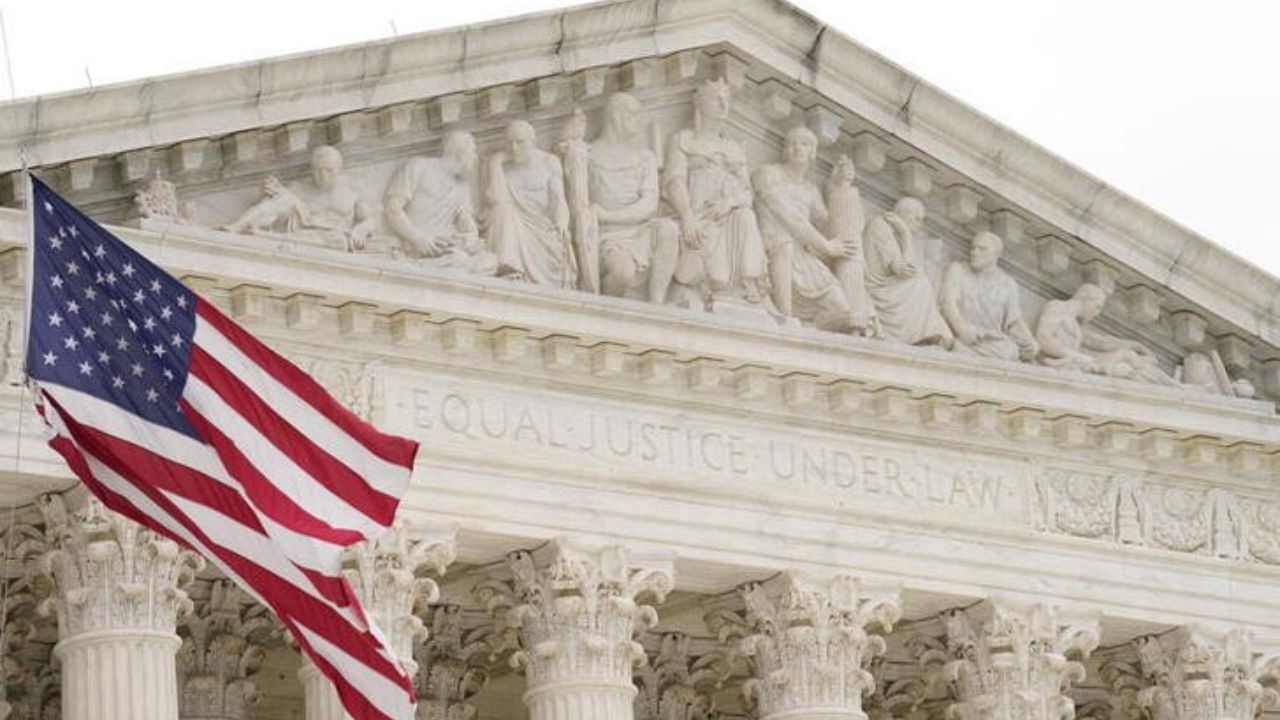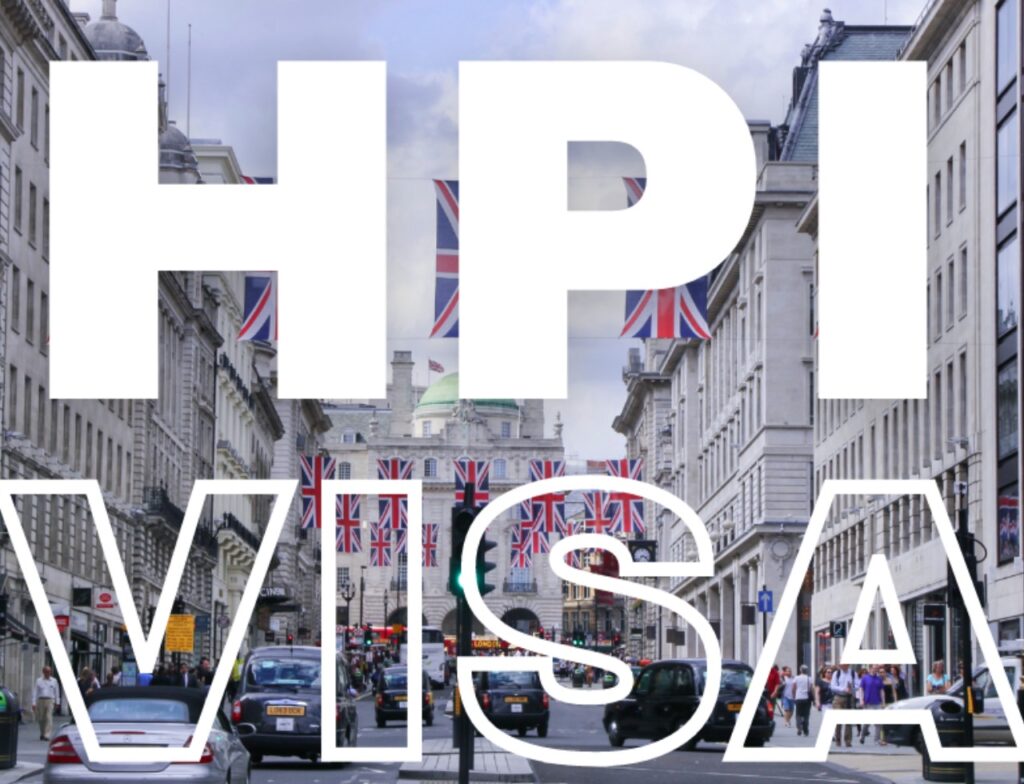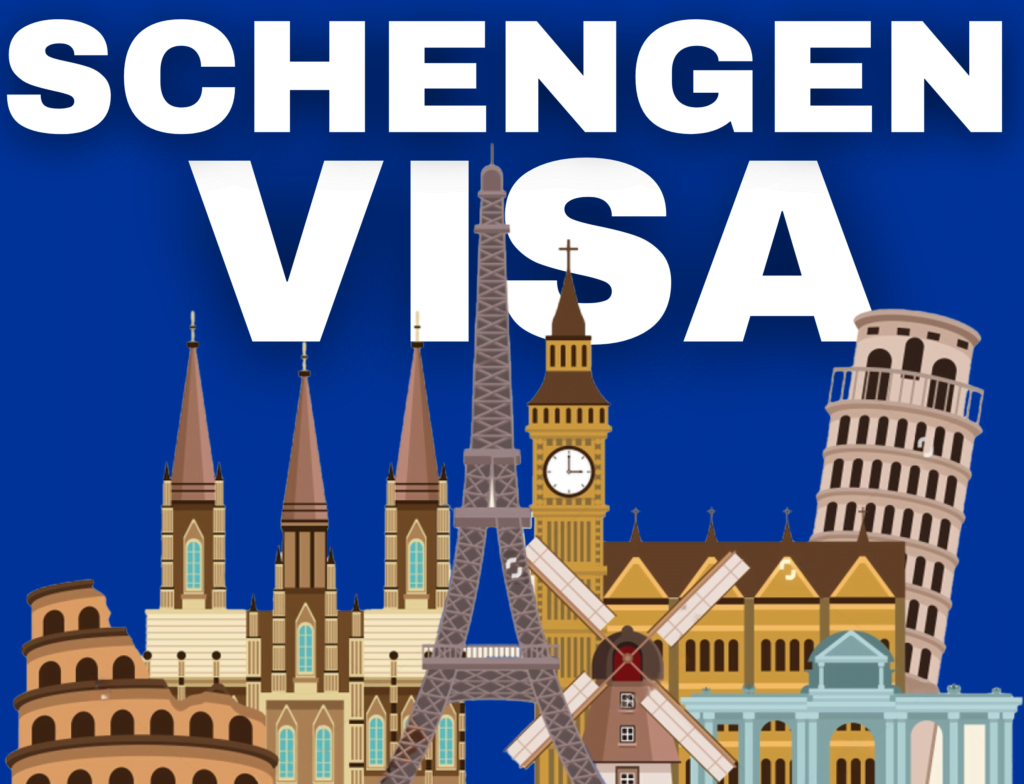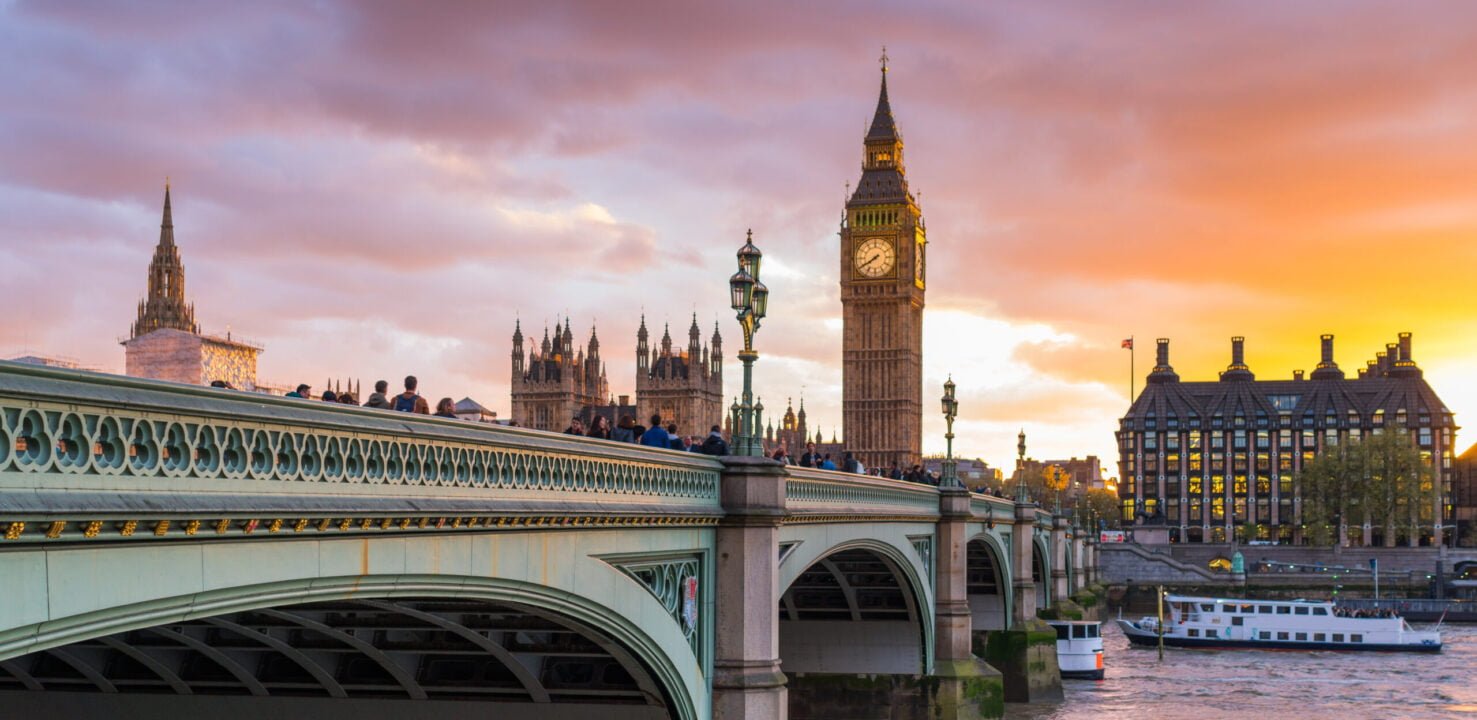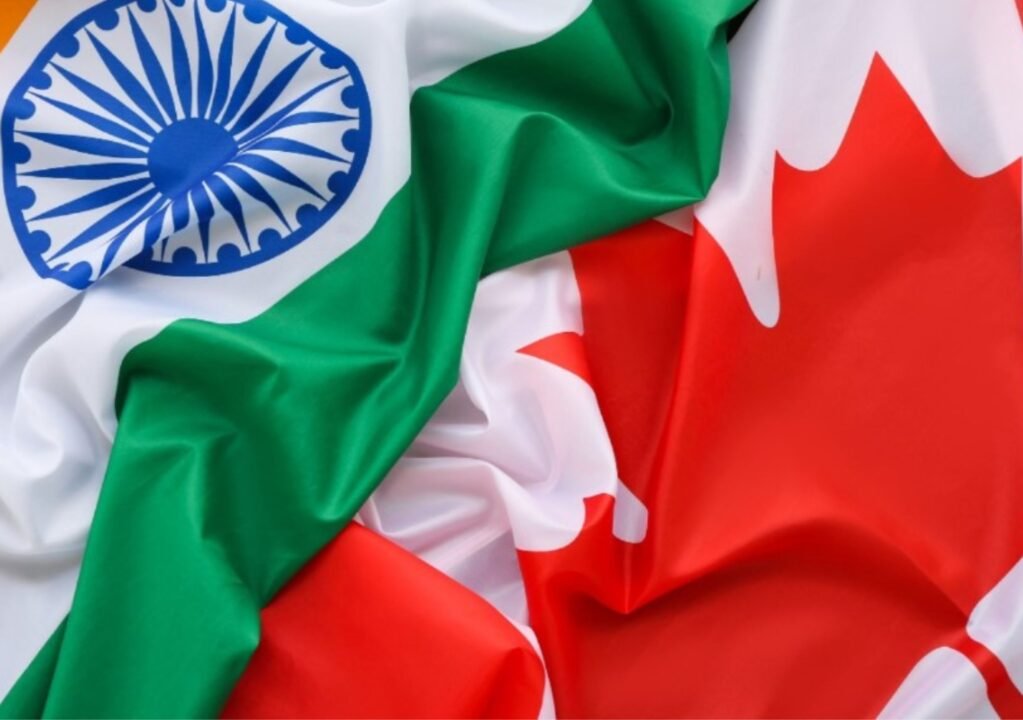The US Supreme Court has recently reversed a ruling made in the Chevron case, which was established forty years prior and dictated that the courts must give substantial weight to the decisions of the federal agency. This decision is critical in imposing changes to immigration laws with an impact on the Indian population in several ways.
Migration lawyers have postulated that this decision will enhance the probability of success by US employers with immigrant employees, especially those on H-1B visas, in appealing adverse decisions made by USCIS. For instance, cases that challenge the refusal to extend the visa on the grounds that the occupation is a specialty might elicit better results. On the other hand, the work authorization for H-4 visa holders whose spouses are H-1B applicants awaiting green cards may be back to facing legal uncertainties.
Justice John Roberts, while delivering his ruling in the Loper Bright Enterprises case in late June, reiterated that the court has the duty to decide whether an agency has exceeded its authority under legislation. Rajiv S. Khanna, a managing attorney at Immigration.com, said, On the lemon side, the Loper Bright decision is positive and negative, whereby this type of order enables courts to review both beneficial and adverse decisions by USCIS and the Department of Homeland Security (DHS) based on their interpretation of one or many factors to which agency interpretations are not inherently entitled to a deference.
The ruling is clearly a mixed blessing. It may allow US employers who use H-1B or L-1 workers via intra-company transfers to help them succeed in their cases more frequently.
Cyrus D. Mehta, an immigration lawyer in New York, said to TOI’s Lubna Kably, “The abandonment of Chevron means that federal courts will no longer respect a government agency’s interpretation of a provision of the Immigration and Nationality Act (INA). Any employer may be able to find a court that is willing to interpret a statue that grants H-1B or L visa classification to a noncitizen worker in a more
She also found that the USCIS’s overly strict approach to defining categories such as “extraordinary ability” or “outstanding researcher” in employment-based first preference petitions could be successfully challenged in federal court. He added, “The exact wording of the statute will bind the USCIS, and its broad interpretation of the statute may no longer be permissible.”
A group called Save Jobs USA, which claims to represent American tech workers, is currently on appeal at the DC Circuit Court of Appeals to challenge the H-4 EAD rule. They contend that the Loper Bright decision nullifies the H-4 EAD programme since the US Congress did not delegate the power to establish it. Several previous court decisions have supported the DHS’s ability to issue work authorization to lawfully admitted persons. Khanna also noted that the previous court decision, which endorsed the EAD rule, did not rely on the overturned legal doctrine.
At least ninety thousand H-4 dependent visa holders from India, mostly women, have employment authorization documents that allow them to work or be self-employed. The Obama administration in 2015 formulated the EAD rule for immigrants, including the Indian diaspora, who await for a long time to get an employment-based green card. Under this rule, the H-4 visa holder can apply for employment authorization if the H-1B visa recipient is on the path to a green card or has received an extension beyond the six-year term. However, with new litigation, these families are in a state of uncertainty.
However, Mehta still has hope and said, “Despite the absence of Chevron, there is also a clear authorization for the USCIS to grant work authorization to the noncitizens and also to set time and other conditions for the nonimmigrants under the INA.”

